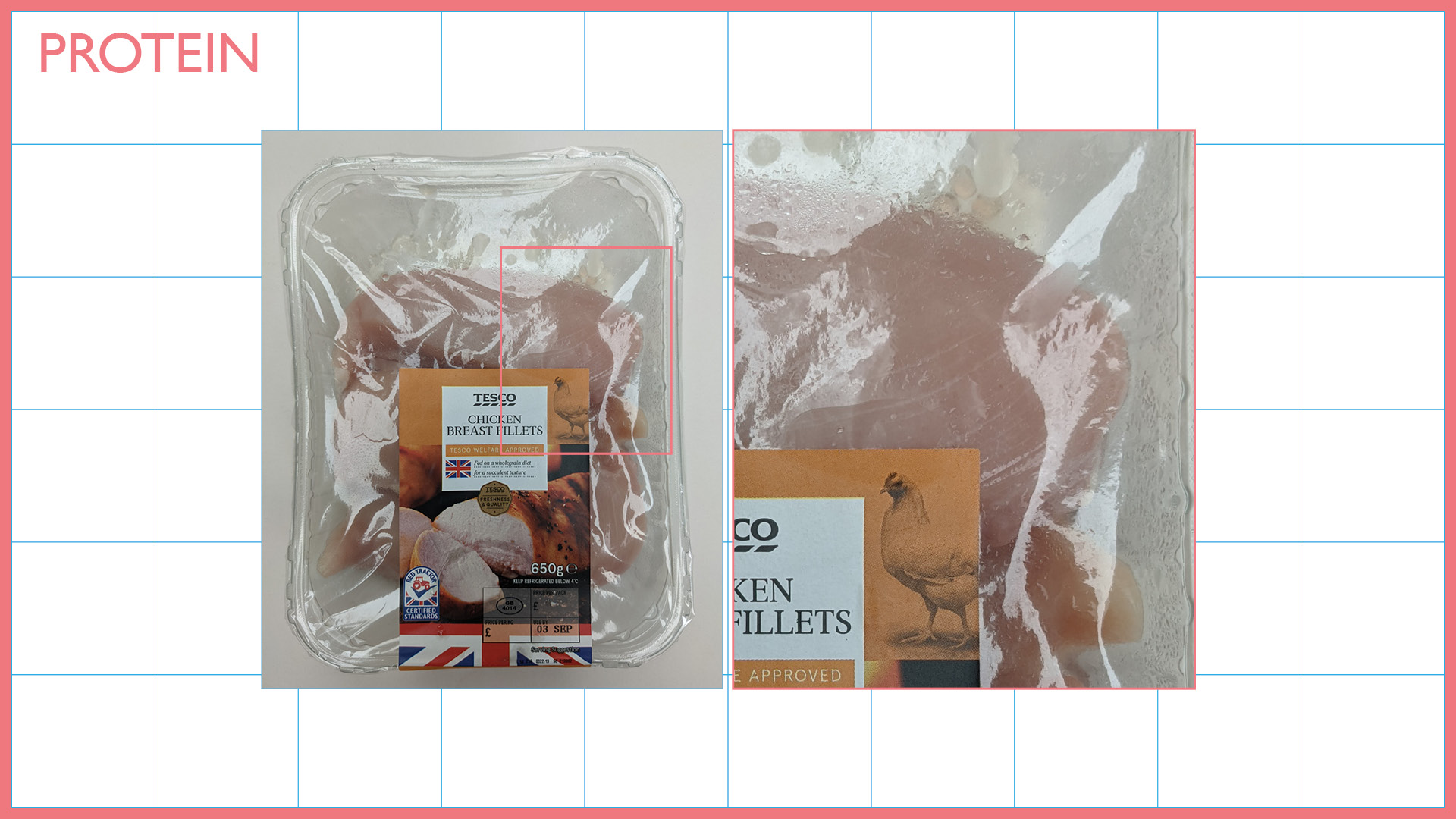Why is the River Wye nutrient dense,
while a chicken in
Tesco is nutrient deficient?

Campaigners warn that the River Wye is on the verge of ecological collapse, turning ever more green with algae blooms. Caused by an overload of phosphate, the blooms starve plants of light, and fish of oxygen, creating temporary but frequent dead zones along the river. Ranunculus, the trailing keystone plant that shelters other species, has all but disappeared.

Chickens sold in supermarkets today are higher in fat and lower in protein than before the industry intensified, despite being marketed as the opposite. White stripes can be seen on chicken breasts in supermarkets, striations of fat that have replaced failed muscle fibres. Caused by an overload of protein and fat during feeding, this means chronic pain for the chicken and an increased risk of heart disease for us.
This investigation follows the supply chain that links these two aesthetic conditions, the most intense chicken industry in Europe. We’ll trace the nutrients that flow from soy plantations, through factory farms, arable fields, and into the River Wye: testing nutrition as a mode of investigation and representation.
Thinking outside of the classic Marxist frame of metabolic rifts, the method here is to trace the flow and control of nutrients through critical logistics studies. Taking a forensic, nutritional lens to interrogate the supply chain reveals it as a supply web, hijacking the flows and cycles of a landscape. Patterns of force-feeding emerge along the supply web.
We will travel along one strand of this web, visiting the ecological-logistical niches and zooming into the metabolic violence caused by the industrial flows of nutrients. The body of the river and of the chicken are both force-fed by the flow, one risks ecological collapse while the other has collapsed on the factory floor.